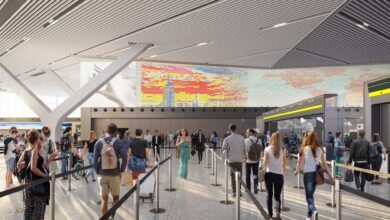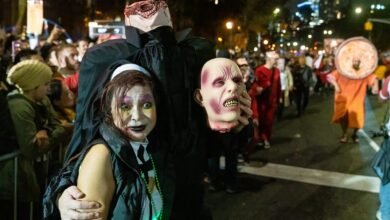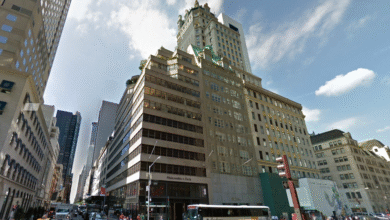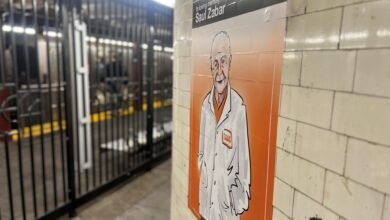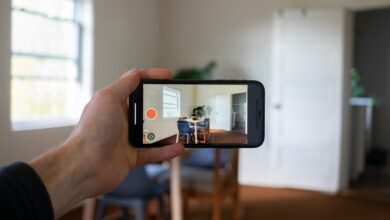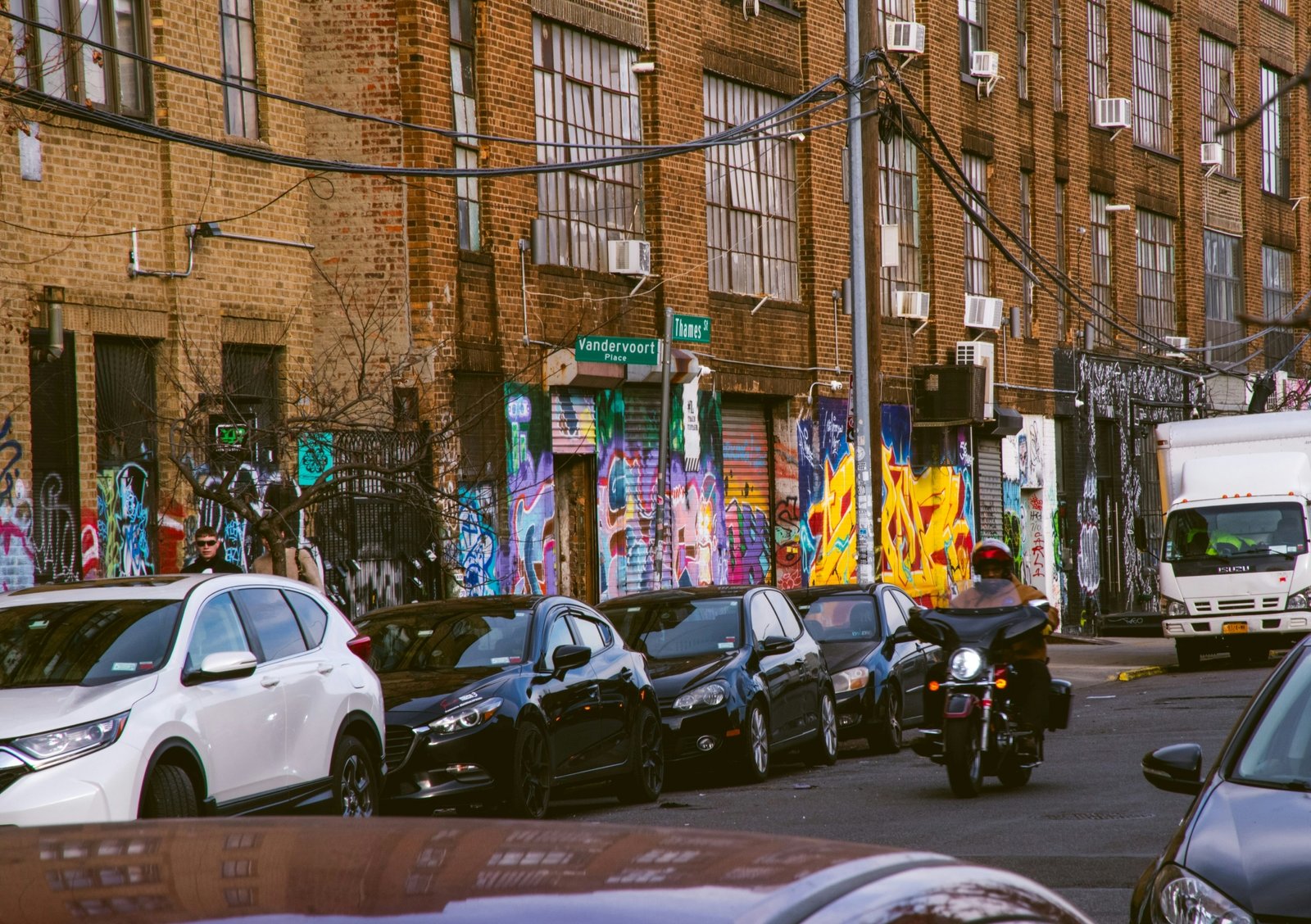
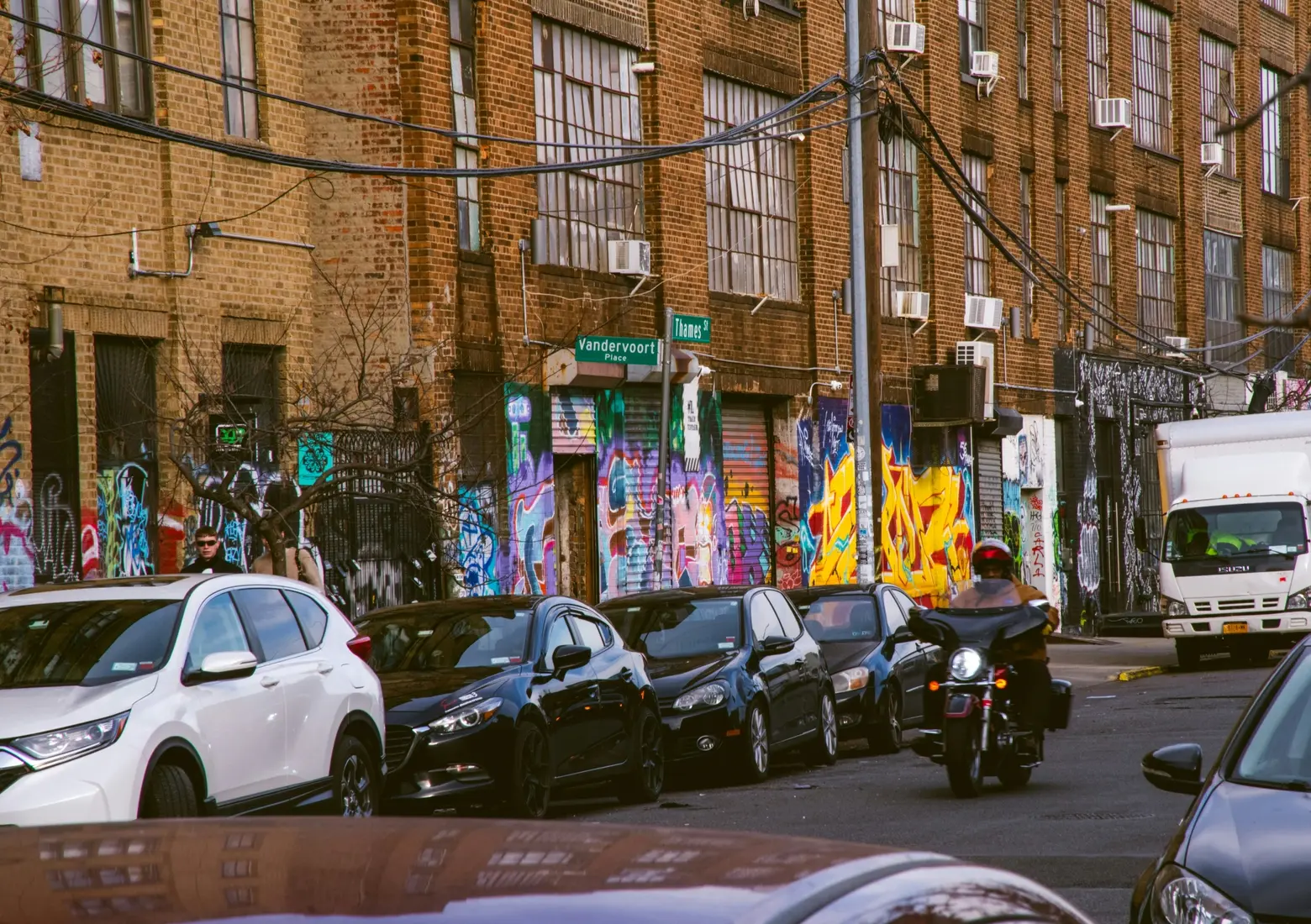
Parking could become more difficult under a new City Council bill that would eliminate up to 300,000 spaces citywide in an effort to improve street safety. Championed by the Council’s Progressive Caucus, Intro. 1138 would ban vehicles from parking within 20 feet of crosswalks and improve visibility by adding “daylighting” structures, such as planters and bike racks, to protect sightlines for drivers, cyclists, and pedestrians. Prioritized by the caucus on July 30, the bill would bring New York City in line with existing state law, which already prohibits parking within 20 feet of intersections, according to City & State.
The legislation, also known as the “universal daylighting” bill, was introduced by Council Member Julie Won in 2024 following several traffic-related fatalities in her district. If passed, the bill is expected to cost $3 billion to implement at all 40,000 of the city’s intersections, according to amNY.
Forms of daylighting have become a widely-used street design across the five boroughs in recent years. The practice improves visibility at intersections by using physical barriers—such as granite blocks, planters, and other objects—to prevent vehicles from parking too close to the corner.
In June, the Department of Transportation (DOT) unveiled a new intersection design that uses “hardened daylighting” tools, which it plans to implement at high-crash intersections alongside new and existing bike lanes starting this year.
However, while the DOT has implemented hardened daylighting at some intersections, it has criticized universal daylighting. A January report from the agency found that corners without physical barriers showed no significant safety improvements. The report also warned that removing parked cars without adding protective structures could lead to faster driving and tighter turns near the sidewalk.
“If this unhardened daylighting were implemented citywide, we think we could expect an increase of up to 15,000 injuries in a year,” Eric Beaton, deputy commissioner of transportation planning and management at DOT, said during a April 21 hearing. “In theory we would support hardened daylighting at all corners, but that would cost in the neighborhood of $3 billion dollars, and would cover large numbers of locations without a history of injuries.”
Won has since criticized the report as “deeply flawed,” highlighting successful examples of universal daylighting in cities like Hoboken, New Jersey, which, according to City & State, has not seen a single traffic fatality since 2017.
Intro. 1138 is expected to eliminate roughly 300,000 parking spots—about 10 percent of the city’s total—making an already notoriously difficult task even more challenging. Other opponents of the bill say rather than implementing it at every corner, the city should identify problem intersections.
Council Member Inna Vernikov, who represents Brooklyn’s District 48, criticized the bill as a “reckless, one-size-fits-all” proposal that would ultimately harm New Yorkers. Earlier this year, she successfully advocated to preserve parking spaces in Sheepshead Bay and other southern Brooklyn neighborhoods, according to the New York Post.
“This universal daylighting mandate is a reckless, one-size-fits-all proposal that would eliminate hundreds of thousands of parking spots and hurt everyday New Yorkers—particularly seniors, families, and small business owners—without making our streets meaningfully safer,” she said.
Despite criticism, the bill already has 27 sponsors, including 18 caucus members, giving it the majority needed to pass. However, if Mayor Eric Adams vetoes it, the council would need an additional seven votes to override.
While there is currently no timeline for the project’s completion, the bill would require DOT to install the infrastructure at a minimum of 1,000 intersections annually, according to the Post.
RELATED:
Source link

